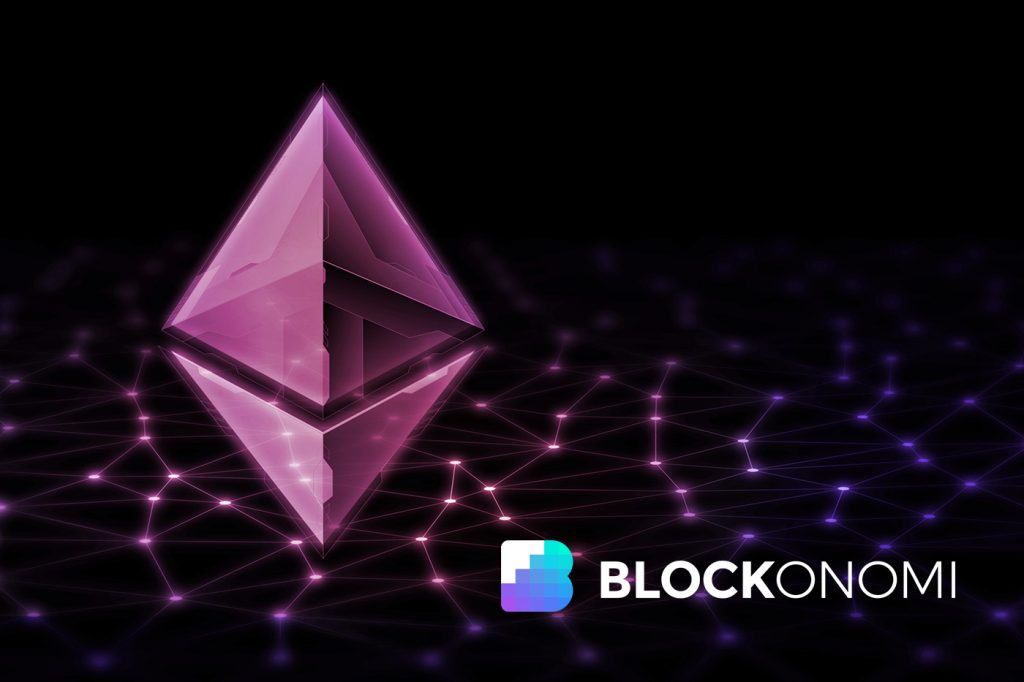The history of Ethereum transaction fees was the topic of discussion in 2021, with the peak recorded in May 2021. Although the current ETH gas fee has decreased, compared to the peak last year, the fee remains a big issue in the crypto community.
Finding a proper solution to address the issue is always a headache, particularly with Vitalik Buterin, Ether’s co-creator. The co-founder made a couple of proposals last year, highlighting scalability and gas fee improvement.
Buterin Sees the Problem of High Gas
During the month of November 2021, Vitalik Buterin and Ethereum developer Ansgar Dietrichs released a new Ethereum Improvement Proposal (Ethereum Improvement Proposal) dubbed EIP-4488 as a temporary solution to reduce the amount of gas used by Layer 2 scaling solutions on the Ethereum blockchain.
This output aims to reduce the high cost of natural gas while waiting for more powerful options to become available.
Buterin is striving for a better Ethereum network as previously this week, he proposed a new direction, called “Multidimensional EIP-1559.”
So what is EIP-1559 about?
According to details in Ethereum co-founder’s blog post, each different resource within the Ethereum Virtual Machine (EVM) requires different gas consumption.
It is possible to simplify the existing fee structure for Ethereum by calculating different gas costs based on varied resource usage.
Changes are Needed
Currently, Ethereum employs a mechanism in which the same amount of gas is used for a variety of purposes across the network.
To wit,
“The scheme we have today, where all resources are combined together into a single multidimensional resource (‘gas’), does a poor job at handling these differences.”
Using a single resource for both the worst-case scenario and the average-case scenario does not yield the best results. Simply put, users of the Ethereum network are obliged to pay more for an activity on the network when they could be charged less.
The new fee structure will establish a fair framework in which gas fees will be used more efficiently, allowing users to spend less money on a variety of activities such as minting, calldata transactions, and other activities that involve.
Buterin proposed two techniques to introduce multidimensional EIP-1559 in his proposal. Gas prices for resources like Calldata and storage consumption, on the other hand, will be calculated by dividing the basic charge by one resource unit divided by the base fee.
As an alternative, setting a base cost for resource usage at a fixed amount, such as 1 Gwei, would be more challenging.
In this circumstance, unlike the previous, there will be no gas block restriction, but there will be a burst per resource limit.
Priority fees will differ because they will be calculated as a percentage of the basic fee, with block producers receiving a payment equal to the base fee multiplied by the percentage.
The update is expected to provide the network with an additional layer of security as well as a more thorough cost structure.
Any market user has at least once encountered the story of high Ethereum transaction costs. The arrival of “Ethereum Killers” such as BSC, Solana (SOL), Near Protocol (NEAR), and Avalanche is also motivated by ETH transaction fees.
Massive Hike in Gas is Hurting the Network
Transaction fees on Ethereum have risen dramatically in response to demand for two of this year’s hottest crypto frontiers: decentralized finance (DeFi) and non-fungible tokens (NFT).
Clearly, escalating prices are a deterrent to both retail investors and developers attempting to create enterprise-grade apps such as streaming platforms or video games.
Even if the ETH gas fees have gotten more affordable, many projects and users who have abandoned Ethereum in favor of other blockchains have no plans to return for the time being.
The contest between blockchain platforms was becoming increasingly exciting and competitive at the time.
In 2022, the Ethereum blockchain will be upgraded to Ethereum 2.0, which will include capabilities such as moving from energy-intensive PoW consensus to PoS.
The update is expected to reduce transaction fees and speed up processing times, which have negatively impacted on the growth of blockchain applications such as DeFi or NFTs.






